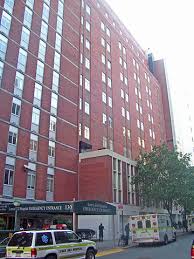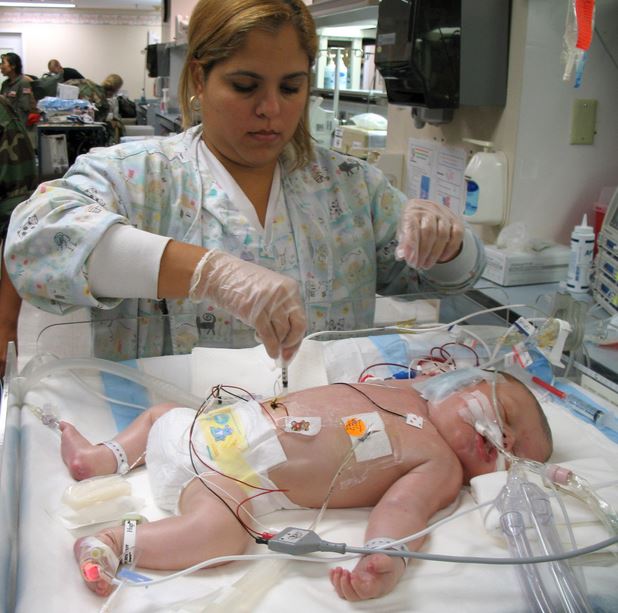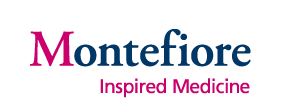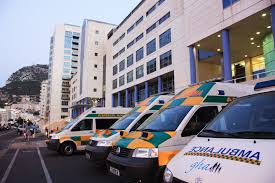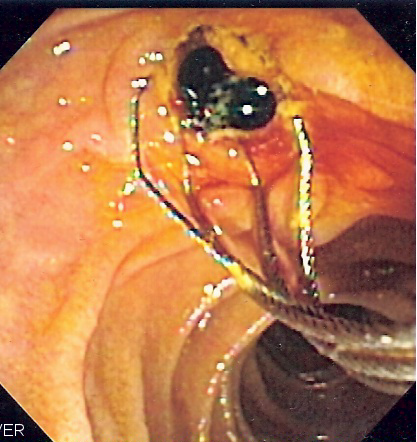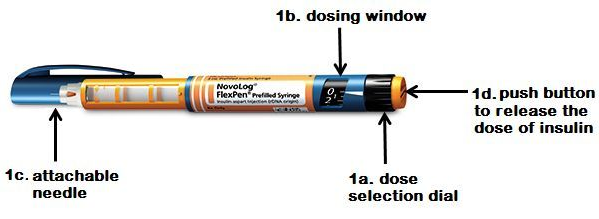New York Court of Appeals: injured third party can sue hospital for medical malpractice
In Davis v. South Nassau Communities Hospital, Edward Davis sued this New York hospital for medical malpractice after he was injured in a car accident caused by an impaired hospital’s patient. The patient was Lorraine Walsh. Walsh presented herself to the South Nassau Communities Hospital Emergency Room with stomach pain. The ER doctor gave her a very powerful pain medication and told her she could go home. Because the patient was allergic to morphine, she was given Diluadid, an opioid, which is stronger than morphine and Ativan, a fast acting benzodiazepine with a 6 hour half life intravenously. The medication that was given by the ER doctor can impair the ability to operate a motor vehicle. However the doctor didn’t warn the patient nor ask if she was indeed driving home alone.
As she was driving back home, Lorraine Walsh, impaired by the medication, crossed a double yellow line into oncoming traffic and struck a vehicle driven by Edward Davis. Edward Davis suffered personal injury caused by the car accident. Davis then filed a medical malpractice lawsuit against the hospital and the physician. The suit was dismissed by the by the trial court and by the Appellate Division. Davis then appealed to the New York Court of Appeals.
The Court of Appeals had to rule on an interesting question: can a third party injured by an impaired patient sue a medical provider under the theory that the medical provider’s malpractice was the cause of of the third party injury even though the third party didn’t have a direct relationship with the medical provider. In a 4-2 decision, the New York Court of Appeals ruled that Davis’claim was permissible. The Court held that defendants had a duty to plaintiffs to warn Walsh that the drugs administered to her impaired her ability to safely operate an automobile.“Our decision herein imposes no additional obligation on a physician who administers prescribed medication. Rather, we merely extend the scope of persons to whom the physician may be responsible for failing to fulfill that responsibility.” Judge Stein and Judge Abdus-Salaam dissented in a lengthy opinion
 New York Personal Injury Attorneys Blog
New York Personal Injury Attorneys Blog


